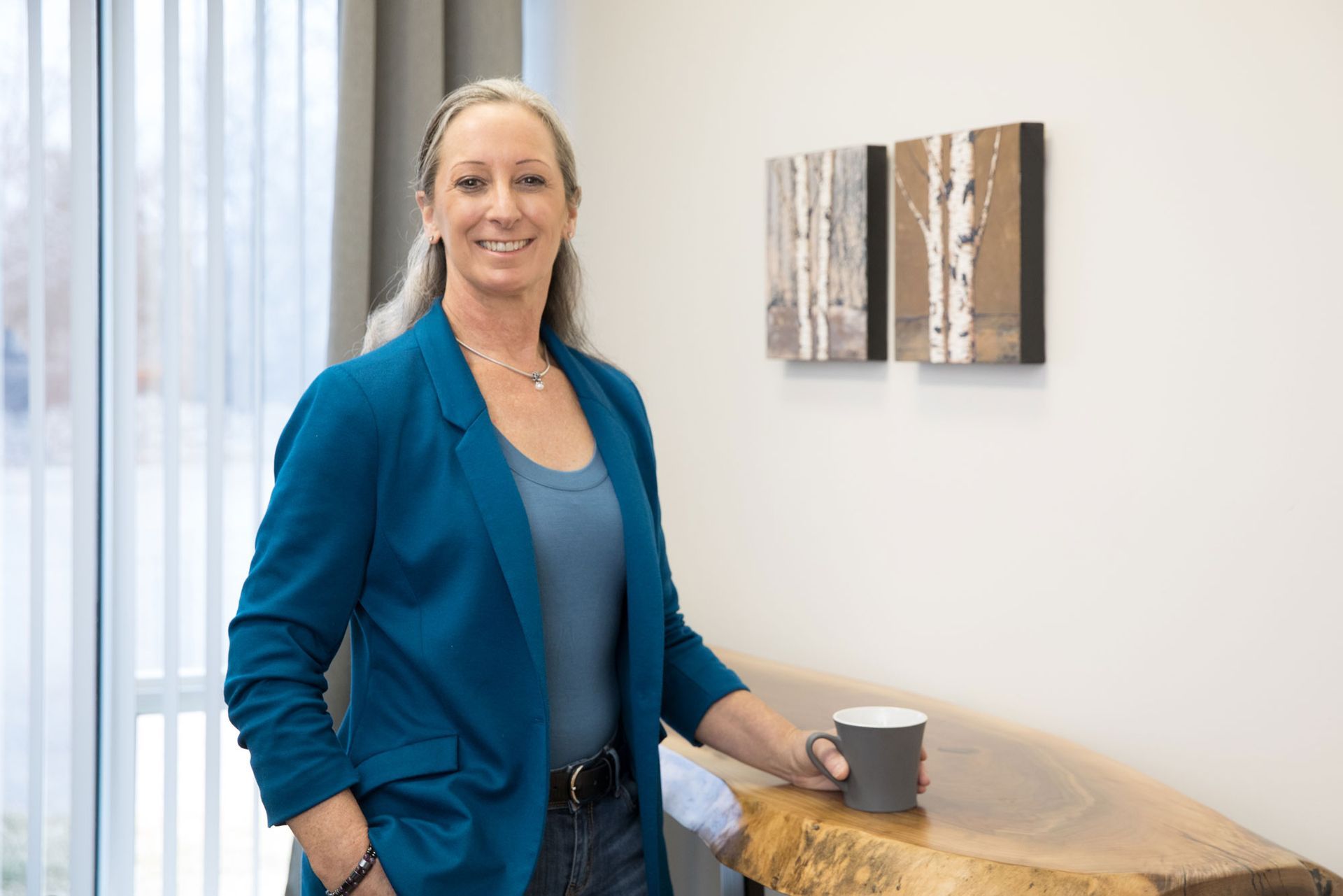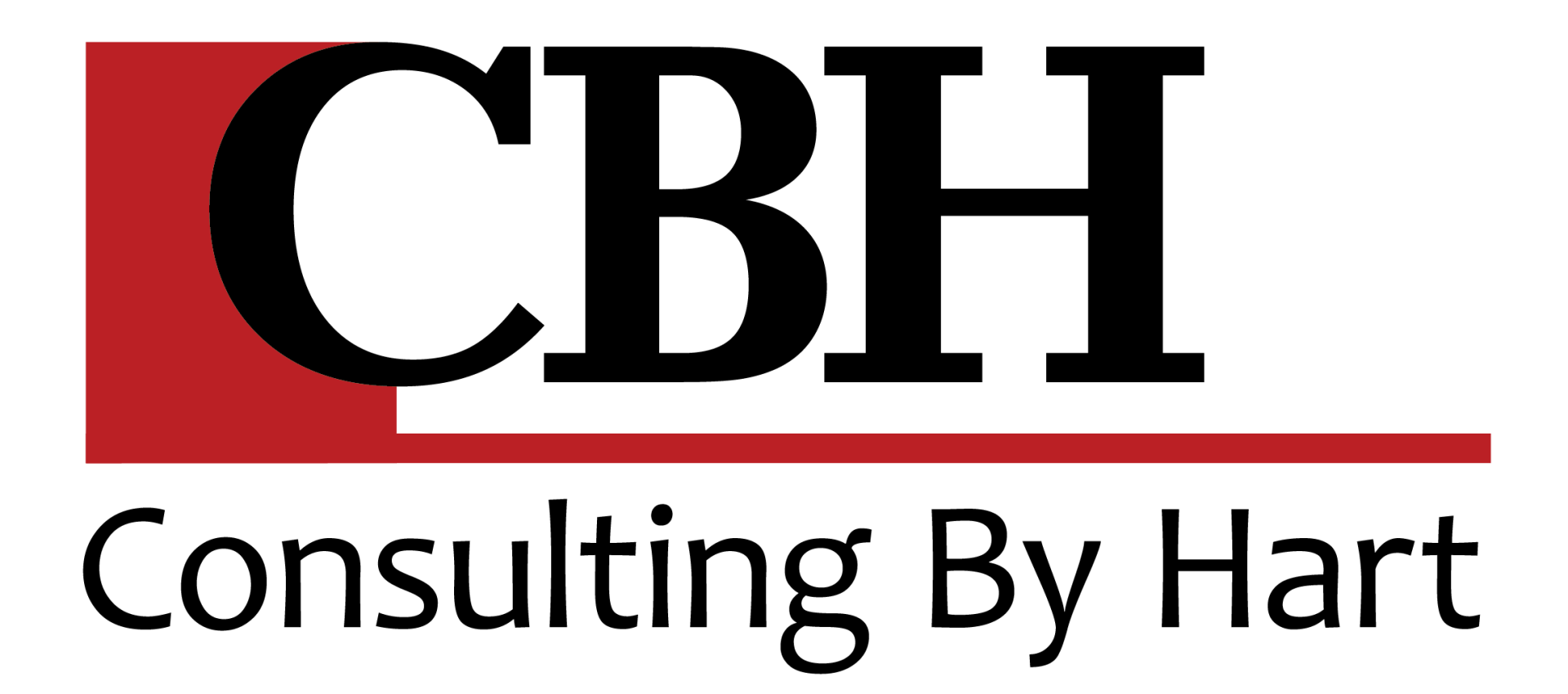What’s lurking within your invisible boundary?
Using my own 27 years of experience as an entrepreneur, contractor and as a certified business coach, I believe there are actually two distinct areas in which business owners must excel in order to fully realize their goals. Success in only one area could doom you to failure.
Within the Visible Business Boundary reside the metrics, budgets, checklists, CRM and tactical strategies. It’s where entrepreneurs can continually challenge their business management skills and develop deeper financial acumen, and focus most of their time and available resources.
Within the Invisible Business Boundary lurks the more elusive drivers of total success (what we can’t see that we want all want to improve): company culture, attitudes, accountability, engagement, loyalty and brand management. This area truly is the elusive glass ceiling limiting every entrepreneur with whom I’ve ever worked. This is where entrepreneurs who have a willingness to learn the underlying reasons for outcomes and performance can exponentially increase their business horsepower with the right resources and focus.
In all professions, exist the tools available to succeed in the visible business boundary thanks to industry trail blazers, whom over the years have created sophisticated, convenient resources and systems for managing profit. By utilizing these invaluable tools and resources, many entrepreneurs profession have taken their business profitability to new heights — proof of success in the visible arena. Yet, even many of those who engage with top recommended business tools still struggle with the performance that takes place in between the numbers and metrics — within the invisible business boundary.
The Pain Point
There are places in every business where we can see the visible and invisible boundary connect. For example, where poor accountability (invisible) wreaks havoc with efficiency metrics, elusive sales targets and brings budgets and profits crashing down (visible). An employee who perceives they are being treated unfairly (invisible), can erode productivity rates of themself and other team members (visible). Even for those business owners fully engaged in a corporate style of best business practices, many still struggle with intense stress, misaligned people, miscommunications, low accountability, and even lower self esteem. Why? I believe they have hit the wall of their invisible business boundary.
When a business hits it's visible business wall, tactics and resources are deployed (such as spending money on software or systems) to deepen the company’s business acumen in an effort to make even more profit than ever before. Given the wide range of resources currently available online and the many others developed for various industries, it’s easy for a business owner to focus only on the visible wall and ignore the invisible wall. Doing this will surely result in the company getting sucked down the drain to financial ruin. Simply focusing on the numbers, results and summaries will not give you all of the answers.
When a business hits its invisible business wall, then what? (And, it’s not the business that hits the wall, it’s the owner and typically the leadership team follows closely behind). By the very nature of the intangible invisibility of what’s not working, it’s tough to articulate, let alone know where to go to find solutions.
How do you search for solutions to something you can’t see or even put a name to? The truth is you can’t. Goals remain elusive, change seems unpredictable, results are erratic, uncertainty prevails, and enthusiasm becomes depleted. Sleepless nights and stress are dominated more by why people didn’t behave as expected or asked (invisible), than by bank balances and time sheets (visible).
What? So What? Now What?
The ‘What?’ is the fact there’s undesirable activity within the invisible boundary. ‘So What?’ means it’s affecting every aspect of your business results. ‘Now What?’ means you need to shift your focus and expand your resources for dealing with the invisible factors. This process starts with patience. You can’t fix it overnight. The first step is for the business owner to dive deep into learning new personal performance tools. It requires a bit of vulnerability, a bit of open mindedness and a lot of courage. It’s not black and white, but it could keep your business out of the red.
A redefined strategy is in order. Focus on aligning people with procedures, policies, profitability and purpose. It starts with creating a VERY clear business vision, a renewed behaviour strategy with tangible goals and visible guidelines for accountability, delegating and following through. Raising your invisible glass ceiling includes envisioning an internal brand that will inspire a strong team, plus an intentional shift of attitudes toward your external brand (what your customer sees, hears and feels about doing business with you).
When your invisible business boundary is as solid and robust as your visible business boundary, stress melts away, people engage and get along with each other and that elusive wall you keep hitting launches to new heights.
Other Articles That May Interest You:





